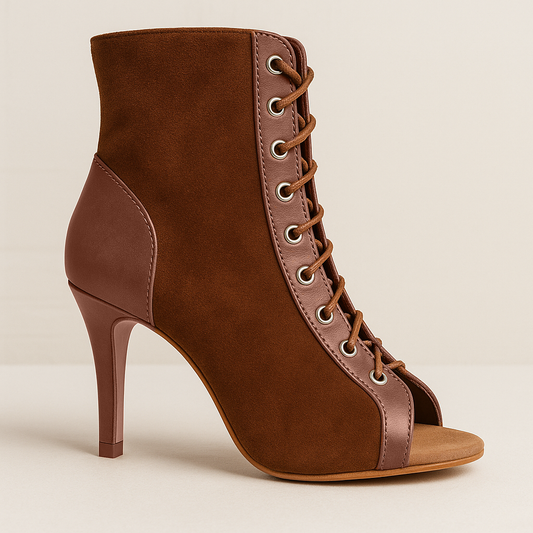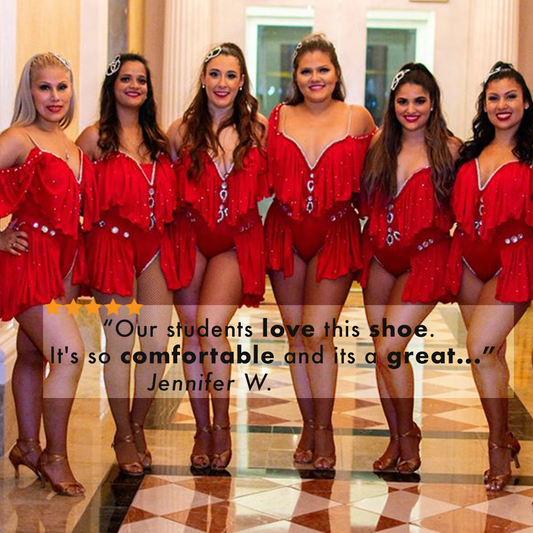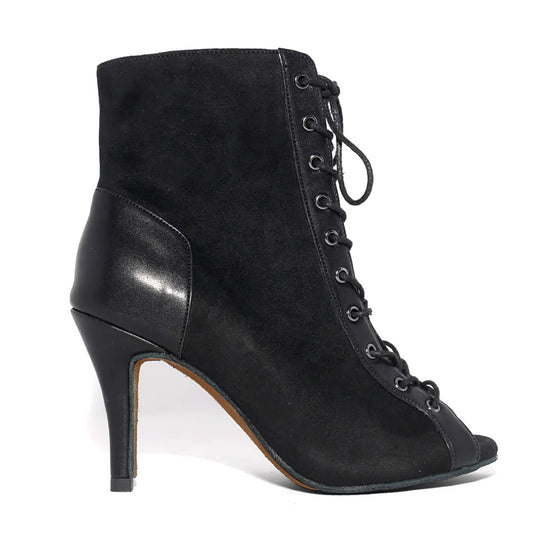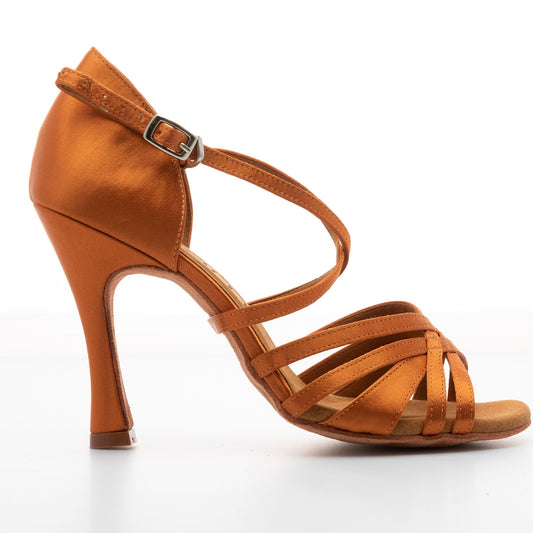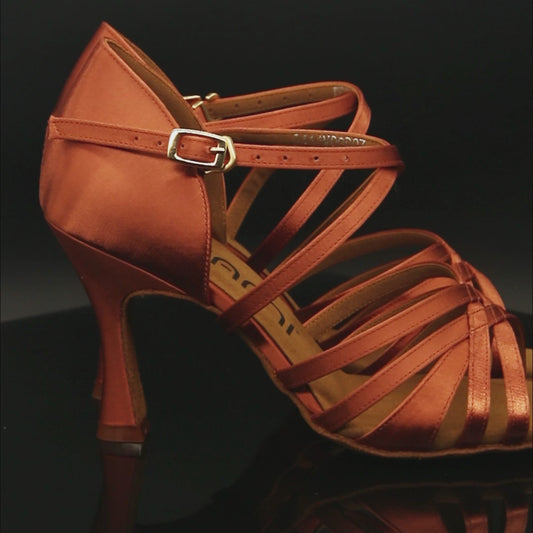
Photo Credit: The Guardian
The feet are comprised of 52 bones and networks of muscles and ligaments, all working together to support the body with every step. For dancers, their feet are the most important part of their body. With their feet, they could perform amazing feats such as high jumps and dizzying twists and turns. As you can imagine, the endless hours spent dancing is brutal on the feet!
Just like how musicians take care of their musical equipment, professional dancers spend a little more time taking care of their feet. To recover from long hours spent rehearsing and improve your performance as a dancer, here are basic foot care tips:
Prepping Your Feet
Love dancing but hate how achy your feet become after a long night of social dancing? We’ve got you! Try these tips to take care of your dancing feet:
Take Your Supplements

Photo Credit: True Lemon
Essential nutrients come from the food we eat but not all of it. As a dancer, you need potassium, calcium, magnesium, and vitamin D to keep your bones healthy. Taking your daily supplements strengthens the bones, especially the feet. Coupled with lots of water, essential vitamins also minimize the risk of painful foot cramps.
Trim Your Toenails

Photo Credit: La Foot Wellness
Keeping your toes neat and clean minimizes the risk of ingrown nails, which could keep you from performing at your best! Always cut your nail across to avoid ingrown nails and never dig too deeply into the corners of your toe.
Flex Your Toes

Photo Credit: Essex Union Podiatry
Flexing your feet helps release tension and alleviate pain caused by dancing or wearing high heels. Here are some of the best foot and leg exercises to try at home.
Choose the Right Shoes

Photo Credit: Jus' Dance
Choosing the right kind of dance shoes is a form of foot care too. Remember, dancing requires you to stay on your feet for hours and if you’re wearing the wrong shoes, every step feels like fire on the feet!
Yami dance shoes offer a range of dancing shoes in every style imaginable. What’s so great about our dance shoes? Each pair comes with strategically-placed cushions to minimize peak impact while also boosting comfort and durability. Yami dance shoes are so comfortable, you can dance 4 times longer in them, we guarantee it!
After-Care Tips for the Feet
After a long day or night dancing, relax and refresh your feet with these tips:
A Good Rub Down

Photo Credit: Health Harvard
Fatigue, sore muscles, and achy joints are just a few of the many pains that a dancer will suffer from due to hours spent dancing. Relieve common aches and pains by getting a foot massage or a whole body massage at least once every week. Sounds indulgent but massage therapy is known to boost foot health.
Foot massages help alleviate joint pain, soothe tired muscles, and release tension. It also keeps the feet flexible! The best thing about massage therapy is that you can do this on your own. Try these soothing massage tips:
Light massage: pour a little oil or lotion on the palm of your hand and spread on your foot. Then, pull the right side of the foot then push the left side back, as if you are twisting the foot. Then, with your fingers, rub the length of the arch moving towards the heel and to the ball of the foot.
Deep Massage: Press the knuckle into your foot, kneading gently but deeply as you move from the heel to the ball of the foot. Then, pull the toes back and toes to stretch the foot muscles and joints. With a deep, stroking motion, massage the Achilles tendon with your thumb and index fingers, towards the heel. Do this several times on each foot.
A Long Soak

Photo Credit: Pious Ayurveda
A long, warm soak feels heavenly when you’ve been on your feet for hours. Take a warm bath to relieve sore muscles and achy feet every chance you get. Add Epsom salt to your bathwater and several drops of pain-relieving essential oils such as lavender, eucalyptus, rosemary, or chamomile oil to soothe tired muscles and reduce inflammation. If you don’t have a tub, use a basin to soak your feet.
Put Your Legs Up the Wall

Photo Credit: Times Now News
If you've been wearing heels while dancing, the balls of your feet become tender and painful. The pain isn't concentrated on the pads of the feet alone, the calf and back hurt too. Once you get home, try putting your legs up the wall for a few minutes. This trick will improve blood circulation while reducing inflammation on tired, achy feet. Just lay down on a flat surface near the wall and extend your legs against the wall. You can prop a pillow under your hips to release tension and reduce discomfort in the pelvic region.
Ice Bath

Photo Credit: Foot Podiatrist
An ice bath is just what the doctor ordered on days when the feet become extraordinarily painful from long hours spent dancing. Get a small basin and fill it halfway with water. Add a handful of ice cubes and dunk your feet into the basin. Submerge your feet in ice water for at least 5 minutes.
Solving Common Foot Problems
Callouses
Callouses are caused by friction or pressure on certain parts of the feet, particularly the small area between the toes. As the rubbing continues, the skin hardens and becomes a tough, slightly painful bump. Callouses aren't a serious health problem and they'll go away within a few months.
Don’t try to remove or cut open callouses on your own, this will lead to painful wounds and an increased risk of infection. Instead, use a pumice stone to gently exfoliate the area to remove the extra dead skin cells. Never rub too hard, you don’t want to irritate your skin or cause the callous to break open! Callouses might not be pleasant to look at but they do provide some degree of protection from abrasion while dancing. But to avoid callouses, be sure to wear the right shoes. Ill-fitting shoes tend to rub certain parts of the skin raw, causing callouses to form.
Corns
One might think that corns and callouses are the same things, they're not. Corns are smaller with a well-defined bump that forms underneath inflamed skin. The bumps form in non-weight-bearing parts of the skin such as the tops or sides of the toes. Sometimes corns form in between the toes. Unlike calluses, corns are quite painful because the skin underneath it is inflamed.
Using a cushion pad of some kind is a great way to soften and remove corns. Keep your skin hydrated by applying heavy-duty foot creams. Soak your feet in warm water to soften corns and callouses. Finally, wear comfortable shoes like Yami dance shoes to prevent corns from coming back.
Blisters
A blister is a fluid-filled pocket of skin that forms anywhere on the foot. These bumps form when the skin is exposed to trauma. In the case of dancers, friction often leads to painful blisters.
If the blister formed without breaking the skin, you can use a sterilized needle to pop it and drain the bump. Do not remove the skin because this will open the wound and increase the risk of infection. The blister should dry up within a few days. Wear a moleskin patch to protect the blister from abrasion.
For blood blisters or bumps filled with red fluid (blood), do not pop the bumps. Instead, cover the area with a sterile strip, like a Band-Aid or athletic tape. This will protect the blister from rubbing too hard on your shoes and breaking the skin. Blisters are common when wearing new dancing shoes but if your feet have a lot of blisters despite breaking your shoes in, change your shoe style instead.
Bunions
Bunions are hard bumps that form on the side of the feet. The hard lump has red, tough skin surrounding it. The skin is often swollen and painful to the touch. Bunions usually form near the big toe. When a bunion forms, the toe becomes misaligned, pointing towards the other toes.
There’s no way to correct bunions other than surgery but you can stop it from getting worse by avoiding pressure that causes the lump to grow bigger. You can use a gel-filled cushion to protect the bunion from pressure while wearing your shoes. Shoe inserts are also great for correcting the misaligned toes.
Using orthotic devices according to your doctor's recommendation is also a great way to ease the discomfort caused by bunions. You can take pain meds to ease the pain. Finally and most importantly, avoid ill-fitting shoes like a plague. Invest in comfortable, well-fitting dance shoes like Yami dance shoes. Your feet will thank you for it.
Hammer Toe
A hammertoe occurs when the middle joint of the toe bends at an abnormal angle. The second toe is typically affected the most by this deformity. You'll need to see a podiatrist to minimize pain caused by a hammertoe and stop the deformity from getting worse. You can also use foot straps and over the counter corn pads to minimize pain.
As a dancer, your feet are your most important assets so it pays to take care of them. Wearing the best shoes you can afford is also an essential step in preventing the onset of common foot deformities or injuries. Yami dance shoes have built-in soft cushions to protect the feet from pain caused by dancing and peak impact. Explore our newest collection today and you’ll never go back to ordinary dance shoes ever again!
References
https://www.jackrabbitdance.com/blog/foot-care-dancers/
https://www.gretaleemingdance.com/caring-feet-dancer/
https://www.dancespirit.com/how-to-take-care-of-your-feet-when-you-arent-dancing-2468811137.html
https://www.danceinforma.com/2015/10/05/7-ways-to-refresh-your-dancer-feet/

